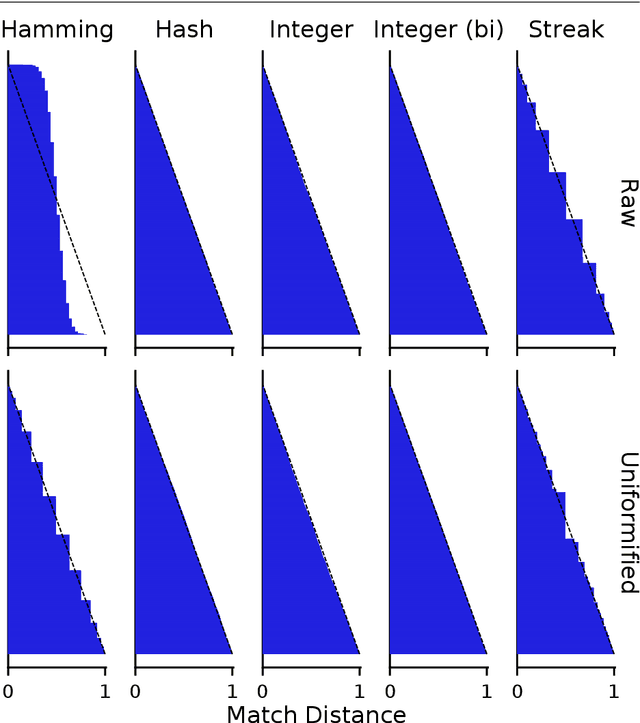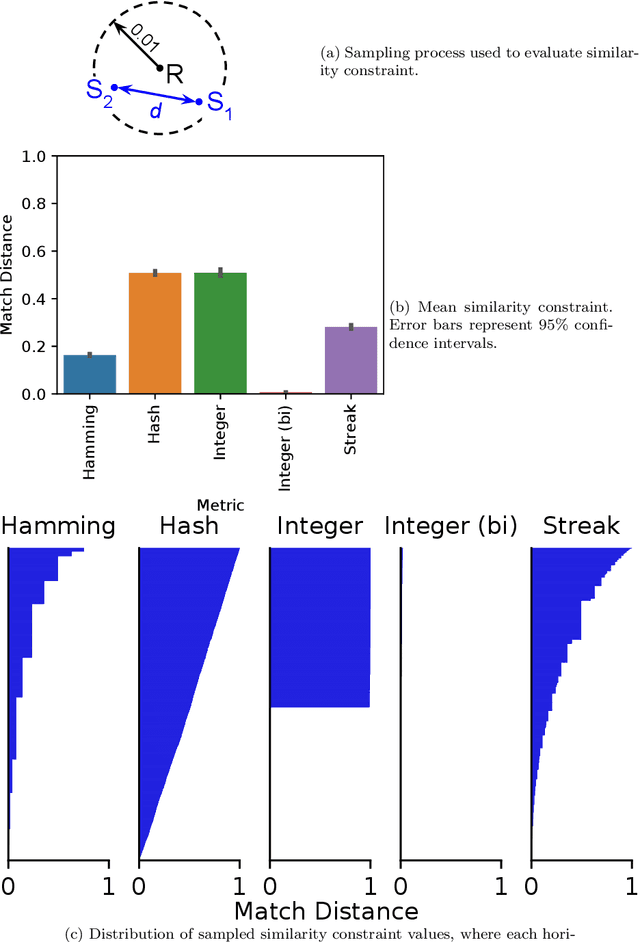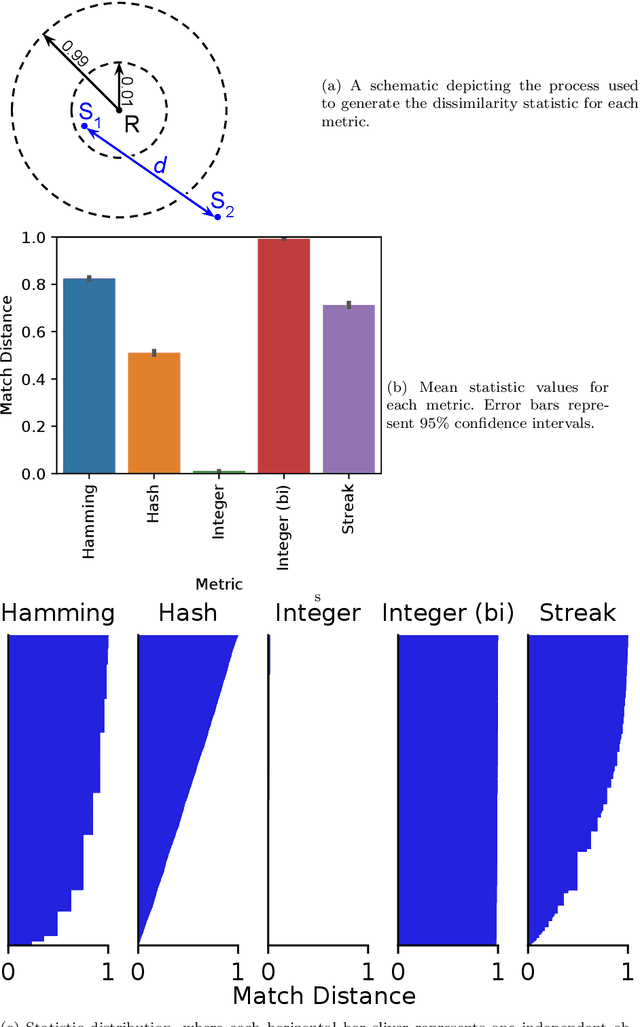Matchmaker, Matchmaker, Make Me a Match: Geometric, Variational, and Evolutionary Implications of Criteria for Tag Affinity
Paper and Code
Aug 10, 2021



Genetic programming and artificial life systems commonly employ tag-matching schemes to determine interactions between model components. However, the implications of criteria used to determine affinity between tags with respect to constraints on emergent connectivity, canalization of changes to connectivity under mutation, and evolutionary dynamics have not been considered. We highlight differences between tag-matching criteria with respect to geometric constraint and variation generated under mutation. We find that tag-matching criteria can influence the rate of adaptive evolution and the quality of evolved solutions. Better understanding of the geometric, variational, and evolutionary properties of tag-matching criteria will facilitate more effective incorporation of tag matching into genetic programming and artificial life systems. By showing that tag-matching criteria influence connectivity patterns and evolutionary dynamics, our findings also raise fundamental questions about the properties of tag-matching systems in nature.
 Add to Chrome
Add to Chrome Add to Firefox
Add to Firefox Add to Edge
Add to Edge